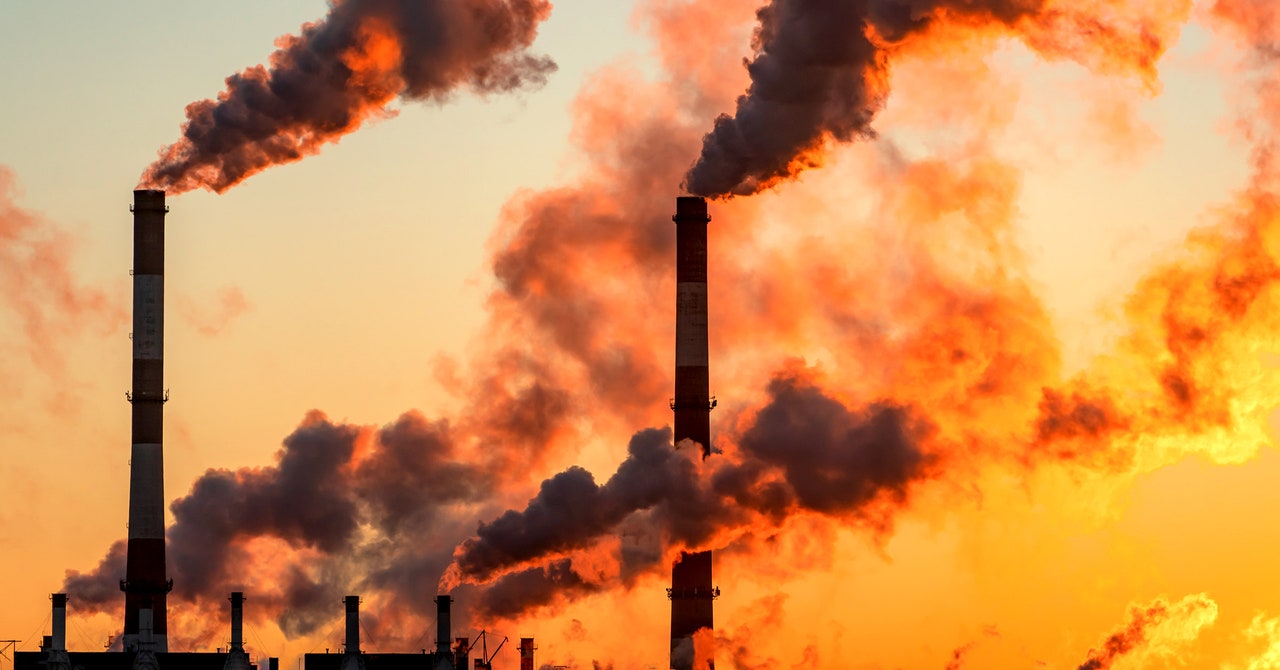
With little fanfare, the European Union has launched a huge climate experiment. On October 1, the EU kicked off the initial phase of a Europe-wide tax on carbon in imported goods. This marks the first time a carbon border tax has been tried at this scale anywhere in the world. Europe’s experiment could have ripple effects across the entire globe, pushing high-emitting industries to clean up their production and incentivizing other countries to launch their own carbon taxes. It may well end up being the most important climate policy you have never heard of.
“This is an excellent example of wild ambition on the regulatory front,” says Emily Lydgate, a professor of environmental law at the University of Sussex. Nothing approaching the scale or ambition of the EU’s carbon border tax exists anywhere in the world, although California has a very limited version of its own carbon tax on energy imports. “It’s very novel to roll this out in such a big market. The perturbations throughout the system are pretty huge.”
So how does it work? The Carbon Border Adjustment Mechanism (CBAM) is essentially an import tax on carbon-intensive products, such as cement, steel, fertilizer, and electricity. Since 2005, the EU has levied a carbon price on highly polluting industries within its own borders, requiring manufacturers to buy credits to cover the carbon they emit or risk heavy fines. Businesses receive a certain number of free allowances, but to emit more carbon they must pay around €80 ($75) per metric ton for the privilege—one of the highest carbon charges anywhere in the world.
You might sense the problem with this system. China, for instance, doesn’t levy a carbon tax on steel, which means it can undercut the EU steel industry. And EU companies looking for a good deal will likely turn to countries with the cheapest steel prices. The CBAM is an attempt to level this playing field. Under the new regime, an importer of Chinese steel will have to purchase carbon credits that correspond to the same rate as steel produced in the European Union. That is the crux of the CBAM—making sure that the carbon in high-emission products is priced at the same rate, no matter where those products are produced.
“The EU is trying to export its price on carbon to the rest of the world,” says Marcus Ferdinand, chief analytics officer at carbon consultancy Veyt. For now, the CBAM is still in a soft-launch stage. From October 2023 to December 2025, importers of goods covered by the CBAM will need to declare emissions in those products, but they won’t have to buy any carbon allowances. From 2026, however, importers will have to buy CBAM certificates to cover these “embedded” emissions.
Even this transition stage is a pretty big deal, says Lydgate. The new rules will initially apply to imports of cement, iron, steel, aluminum, fertilizers, electricity, and hydrogen. This means that all of these importers and manufacturers will have to start quantifying their emissions to make sure they don’t fall foul of the CBAM. “Just by being the first mover on this, the EU is catalyzing this huge upskilling of firms around the world in having to do something which they haven’t really had to do on a mandatory basis,” says Lydgate. Other high-emission goods, such as crude petroleum, synthetic rubber, and other metals, may be added in later versions of the CBAM.


